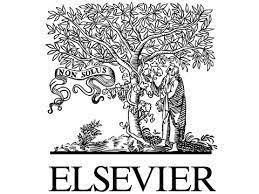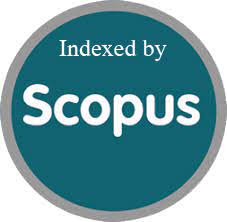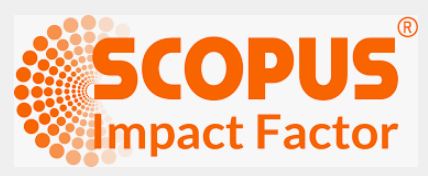Phytochemical Profiling and Assessment of the Hypolipidemic Properties of Melissa parviflora Whole Plant
DOI:
https://doi.org/10.18848/f0j43x40Keywords:
Melissa parviflora, Antioxidant, Enzyme inhibition, Hyperlipidemia, FlavonoidAbstract
Medicinal plants represent a rich source of bioactive compounds with potential therapeutic applications. Melissa parviflora (M. parviflora) is traditionally used for various ailments, but its antioxidant and antihyperlipidemic properties remain underexplored. This study aimed to evaluate the phytochemical composition, antioxidant capacity, and enzyme inhibitory activities of extracts and fractions from M. parviflora against key metabolic enzymes involved in hyperlipidemia. The whole plant was collected, cleaned, and crude extracts were prepared using solvents of varying polarity, and fractions were obtained through sequential partitioning. Phytochemical screening was performed to identify major compound classes. Total phenolic and flavonoid contents were quantified spectrophotometrically. Antioxidant activity was assessed using DPPH, ABTS, and FRAP assays. Inhibitory effects on α-amylase, αglucosidase, pancreatic lipase, and HMG-CoA reductase were determined in-vitro. Phytochemical screening revealed the presence of diverse bioactive compounds, including flavonoids, phenols, alkaloids, glycosides, and terpenoids. The ethyl acetate fraction (EFMP) of M. parviflora exhibited the highest antioxidant activity across all assays, correlating with its rich phenolic and flavonoid content. In enzyme inhibition studies, the methanolic fraction
(MFMP) showed strong α-amylase inhibition, while EFMP was most effective against αglucosidase, pancreatic lipase, and HMG-CoA reductase. Solvent polarity significantly influenced extraction efficiency and bioactivity, with intermediate-polarity fractions demonstrating superior efficacy. The findings highlight the therapeutic potential of M. parviflora fractions, particularly EFMP and MFMP, as natural sources of antioxidant and antihyperlipidemic agents. Further studies are warranted to isolate active compounds and validate efficacy in-vivo.










